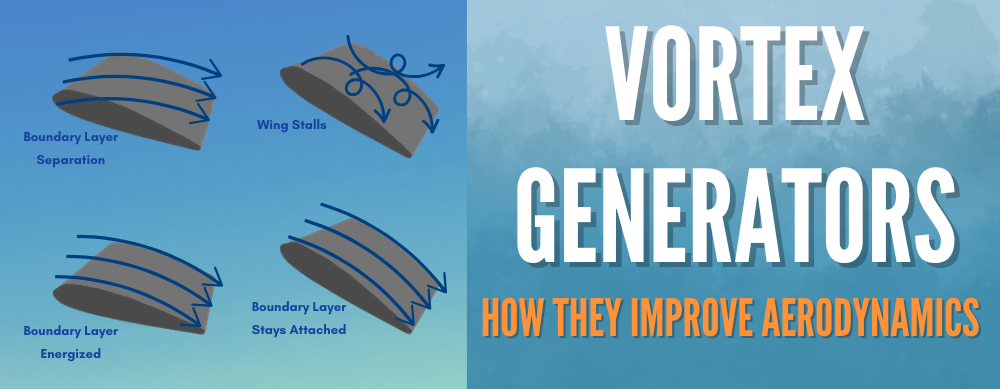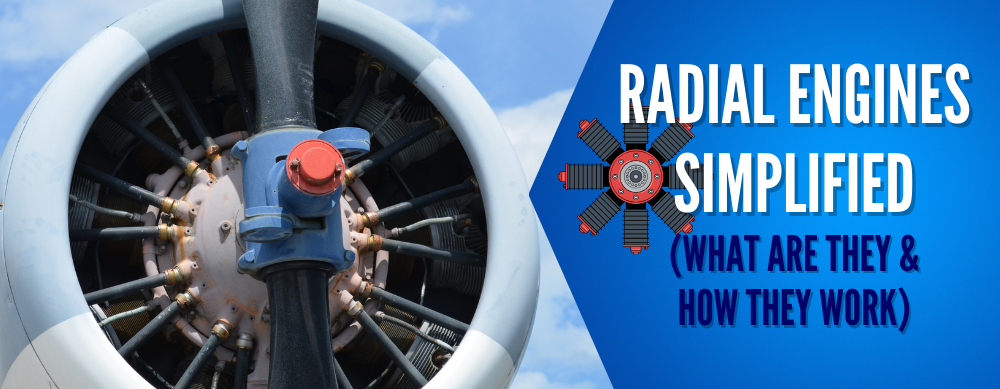Jet engines help to power the modern world that we live in. We depend on them to help us cross great distances, and they help to connect us with people everywhere. Jets engines really are a marvel of engineering!
They take in air, compress it, mix it with fuel, and ignite the mixture to create thrust. It's amazing to see how they work and this process propels planes to incredible speeds, enabling travel in ways earlier generations could only dream of.
If you've ever wondered how does a jet engine work, in this article, you’ll learn about the workings of jet engines, explore how they have evolved, and take a look at the different types powering planes today.
Lets get started!
SUMMARY
-
A brief history of jet engine development
-
Learn the main components of a jet engine
-
A step-by-step breakdown of how a jet engine operates
-
Learn about the different types of jet engines and their unique feature

The Origins of Jet Engines: A Brief History
What exactly happens inside a jet engine, and how did we get here? Well, the journey began in the early 20th century, with Frank Whittle in the UK and Hans von Ohain in Germany often credited as the inventors of the modern jet engine.
Whittle's early work on gas turbines in the 1930s helped to lay down the the groundwork for the modern jet engines that we have today. His designs aimed to improve on the existing piston engines, which were reaching their limits in speed and performance.
While Whittle patented his design first in 1930, von Ohain’s jet was the first to fly in 1939. Both men worked independently, without knowledge of each other’s work, which makes their breakthroughs even more amazing.
Whittle's idea of using a gas turbine to power airplanes ended up facing early skepticism from the British Air Ministry, but his persistence paid off when his engine powered a Gloster E28/39 to its first flight in 1941
Von Ohain was backed by the industrialist Ernst Heinkel, and this helped to speed up the development of his prototype. His success caused the Heinkel He 178 to become the first turbojet-powered aircraft to take to flight.
The discoveries of these two incredibly smart men ended up changing aviation forever.

Jet Engine Components and How They Work
So, how exactly does a jet engine work?
A jet engine operates using the basic principle of jet propulsion:
air is drawn in compressed, mixed with fuel, ignited, and expelled at high speed, creating thrust.
That's the simple explanation, but lets understand it a little bit better. The process begins with air being pulled into the engine through the intake.
From there, it enters the compressor, which squeezes the air, increasing its pressure. This compressed air moves into the combustion chamber, where it meets fuel, and the mixture ignites.
The high-energy gases produced from this combustion shoot through a turbine, which powers the compressor, and finally exit through the exhaust nozzle, propelling the aircraft forward.
This is what you’ll find in most commercial and military aircraft today, with refinements and variations depending on the type of engine is used.
Gas Turbine Engines
Jet engines are a type of gas turbine engine. A gas turbine engine uses the energy from hot gases to drive a turbine, which in turn powers a compressor.
The process is continuous, creating a steady stream of power and thrust. In gas turbine engines, the air is continuously drawn in and compressed, and the combustion process is also continuous, allowing for a constant thrust output.
Hot gases produced in the combustion process not only provide the force for thrust but also help power the compressor through the turbine. This use of energy is what makes gas turbine engines so ideal for jet propulsion.

How a Jet Engine Works: Step-by-Step Breakdown
-
Intake: The air is sucked into the engine through the front intake.
-
Compression: The air gets compressed by the compressor, increasing pressure and temperature.
-
Combustion: Fuel mixes with the compressed air in the combustion chamber, and the mixture ignites.
-
Turbine: The resulting high-speed gases hit the turbine blades, causing them to spin.
-
Exhaust: These gases exit the nozzle at high speed, generating the thrust that moves the aircraft.
Types of Jet Engines
Jet engines come in various forms, each suited to different needs.
-
Turbojets are the simplest kind, and are usually used in military planes for high-speed flight.
-
Turbofans are found on commercial aircraft, and are more fuel-efficient and quieter.
-
Turboshafts power helicopters.
-
Turboprops combine jet engine performance with propeller systems for shorter routes.
-
Ramjets use the aircraft’s forward motion to compress air for combustion, working best at speeds between Mach 2.5 and Mach 5.
-
Scramjets maintain supersonic airflow throughout the engine, allowing them to operate at speeds of Mach 5 and above.
The Future of Jet Engine Technology
The future of jet engines focuses on making them lighter, more efficient, and environmentally friendly.
Engineers are experimenting with new materials like ceramic composites that can withstand higher temperatures, improving performance while reducing fuel consumption.
There’s also a push for hybrid-electric propulsion systems, which could drastically cut emissions and noise pollution.
Frequently Asked Questions
-
How do jet engines compare to traditional piston engines?
Jet engines are generally more powerful and efficient at higher speeds than piston engines. They are also more complex but provide better performance for modern aircraft.
-
Why are turbofans preferred for commercial aircraft?
Turbofans are more efficient than turbojets at lower speeds and produce less noise, making them ideal for passenger aircraft.
-
What is the difference between a turbojet and a turbofan engine?
Turbojet engines are simpler and provide all their thrust from the exhaust gases expelled at high speed. This design is excellent for high-speed aircraft, like fighter jets.
Turbofans have a large fan at the front that pushes extra air around the engine. This design makes turbofans quieter and more fuel-efficient, which is why they are typically used in commercial aircraft.
-
How do jet engines contribute to climate change?
Jet engines burn fossil fuels, that releases carbon dioxide (CO2) and other greenhouse gases into the atmosphere.
Newer jet engine designs aim to improve fuel efficiency to help reduce emissions. There is also ongoing research into using sustainable aviation fuels and hybrid-electric engines to assist in reducing the environmental impact of jets.
-
What is wake turbulence, and how do jet engines cause it?
Wake turbulence refers to the swirling air left behind by an aircraft as it passes through the air. This turbulence occurs due to the vortex created at the wingtips and the spiraling airflow from the engine exhaust.
When a jet engine pushes air out at high speed, it creates a vortex of air that can trail behind the plane, creating turbulence for aircraft flying nearby, especially at takeoff and landing.
Larger aircraft, like commercial jets, produce stronger wake turbulence, which is why smaller planes need to maintain a safe distance to avoid being affected by these powerful air currents.
Takeaway
Now that you understand how jet engines work, you can have a deeper appreciation for the advancements of modern day aviation.
Jet engines are a remarkable blend of science and engineering, propelling jet planes with power and efficiency that was once unimaginable and is now a reality.
Interested in Learning More About Aircraft?
Did you like learning about the components in a jet engine? Keep up the learning process with our guides!
Did you find this article helpful?
Do your think we answered the question of "How Does a Jet Engine Work"? Or do you think we missed something important? Let us know in the comments below!







